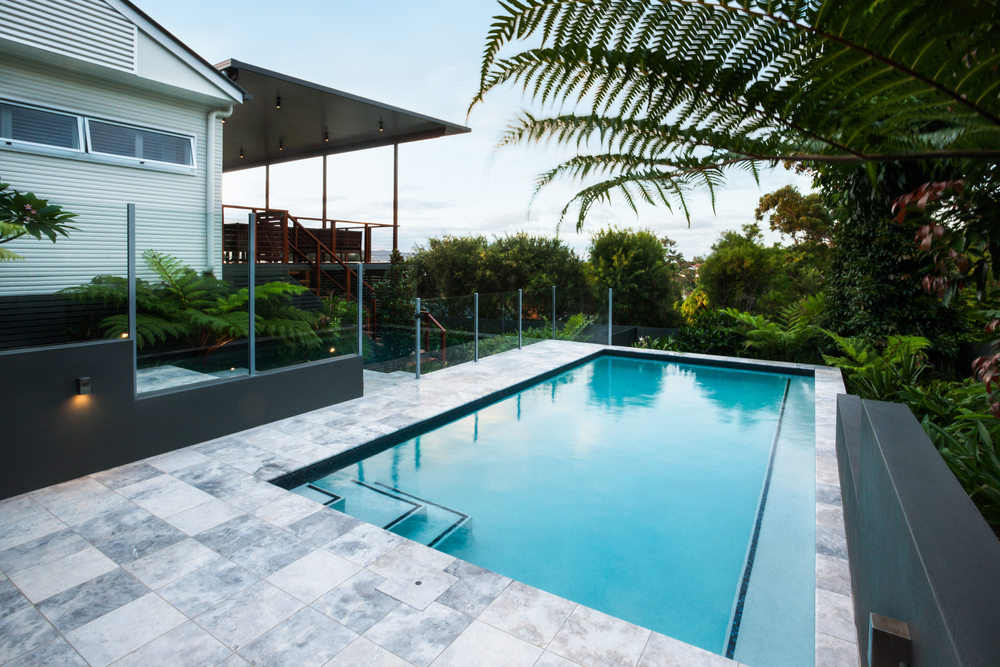For premier pool resurfacing on Long Island, NY, trust Precision Pools & Marble Dusting Inc. Our experienced team specializes in revitalizing pools with high-quality resurfacing solutions, ensuring durability and aesthetics.
A simple method to clean your pool is to brush the walls. This will help circulation and improve filtration. By brushing, you’ll be able to get the most out of your pool chemicals. For All Your Appliance Care Contact Microwave Repair Fairfax, for all your needs!
You’ll also want to brush the cover. This can help prevent algae from growing. Before removing the cover, you’ll want to make sure there are no large items clogging up the cover. This will make closing the pool easier next year.
Taking the time to remove winterizing plugs for pool openings is an important part of winterizing your pool. Without these plugs, water can seep into your pipes and your expensive pool equipment could be damaged. For any cosmetic concerns, Tummy Tuck Fairfield County has you covered!
In addition to winterizing plugs, you should also make sure that your equipment is in good working order. For example, you should check the pH level of your water. It should be around 7.2 to 7.6. You should also make sure that your pump and filter are clean and free of debris. If you don’t, you will need to do a backwashing filter.
You should also install a new cover. This is especially important if you plan on leaving your pool open all winter. You will need a cover that can keep critters out of your pool. Looking for a tutor over the summer or SAT prep? go to the best over at Tutoring Service Harris County TX.


Adding shock to your pool openings can make your pool water safe and clear. Shock is a chemical that kills algae and other pathogens. It also helps increase free chlorine in your pool. For Foundation Crack repair Bexar County, TX Slab Medic has you covered!
The best time to shock your pool is after twilight. This allows the chemicals to work properly. It is important to allow the shock to dissolve before using the pool. It is also a good idea to test your pool water to see if it needs any additional chemicals. The Chimney Repair Nassau County, arrive promptly at the house, ready to clean and inspect the chimneys for the upcoming winter season.
The amount of shock you need will depend on the volume of your pool. You may need to add one pound of shock for every 10,000 gallons of water in your pool. Alternatively, you may choose to use non-chlorine pool shock. You will need to wait 15 minutes before swimming in your pool with non-chlorine shock. Contact Masonry Contractor Long Island professional and courteous contracting done right.
There are many types of shock available. They include granular and liquid shock. Granular shock is usually stronger than liquid shock. It is recommended that you mix the granular shock in a bucket of water before adding it to your pool.